How to Verify Acceptable Forms of ID
Updated: March 2024
Why Checking ID Matters
We use ID in all kinds of important situations—buying alcohol, getting hired for a job, opening a bank account, or entering a secure building. But not all IDs are the same, and knowing what to look for can help stop fraud, protect your business, and make sure you're following the law.
That's where the U.S. & Canada I.D. Checking Guide comes in. For more than 50 years, this trusted tool has helped people confirm whether an ID is real by showing exactly what each document should look like. It includes full-color images, highlights of security features, and details like microprinting and UV markings. These are the things that can't be faked easily—and that help you spot a bad ID on the spot.
What Are Valid Forms of ID?
When people ask, what are valid forms of ID? the answer depends on what the ID is being used for. Some IDs prove age, some prove legal work status, and others confirm identity only. A single document—like a state driver's license—might do all three, depending on the situation. That's why it's important to understand the difference between acceptable forms of ID and what's required for each use.
Different Forms of ID, Different Purposes
There are many different forms of ID used in the U.S. and Canada, and they fall into a few main groups. These include:
- IDs that prove age (often used to prevent underage drinking)
- IDs that prove both identity and work eligibility (such as for new employee paperwork)
- IDs that show identity only (useful for facility access or verification)
- Work-only IDs (such as federal employment documents)
- Secondary IDs (used to support a primary ID)
Each category has different uses, and it's important to know which documents are acceptable for each purpose. The Guide is organized to help you find that information quickly and accurately.
Why the I.D. Checking Guide Is So Helpful
Designs change. Security features are updated. Fake IDs are getting better. Without a current reference, even experienced professionals can miss important signs that an ID isn't real. The I.D. Checking Guide shows you exactly what to expect from valid documents in every U.S. state and Canadian province, as well as key federal IDs like the Permanent Resident Card and Employment Authorization Card.
We don't use scanners or apps. We focus on giving you the knowledge to spot fake IDs with your own eyes—by showing you what to check and how to check it.
Acceptable ID to Verify Age
In the U.S., age verification primarily relates to alcohol sales. All states set the minimum drinking age at 21, consistent with laws like those in California's Business and Professions Code on Alcoholic Beverages. For validating age, state-issued driver's licenses and ID cards are the most commonly accepted forms of identification.
Passports and military IDs, while acceptable for age verification, tend to be less routinely presented forms of identification. As ID checkers may be unfamiliar with their security features, organizations are advised to use the ID Checking Guide when presented with a passport or military ID.
Additionally, some states accept special ID cards for undocumented immigrants or community IDs, but what's acceptable in one state may not be in another. Additionally, certain establishments may not accept out-of-state identification as valid. It's best to check the legal guidelines for your area before establishing a policy on which types of ID are acceptable.
Common forms of ID that validate age:
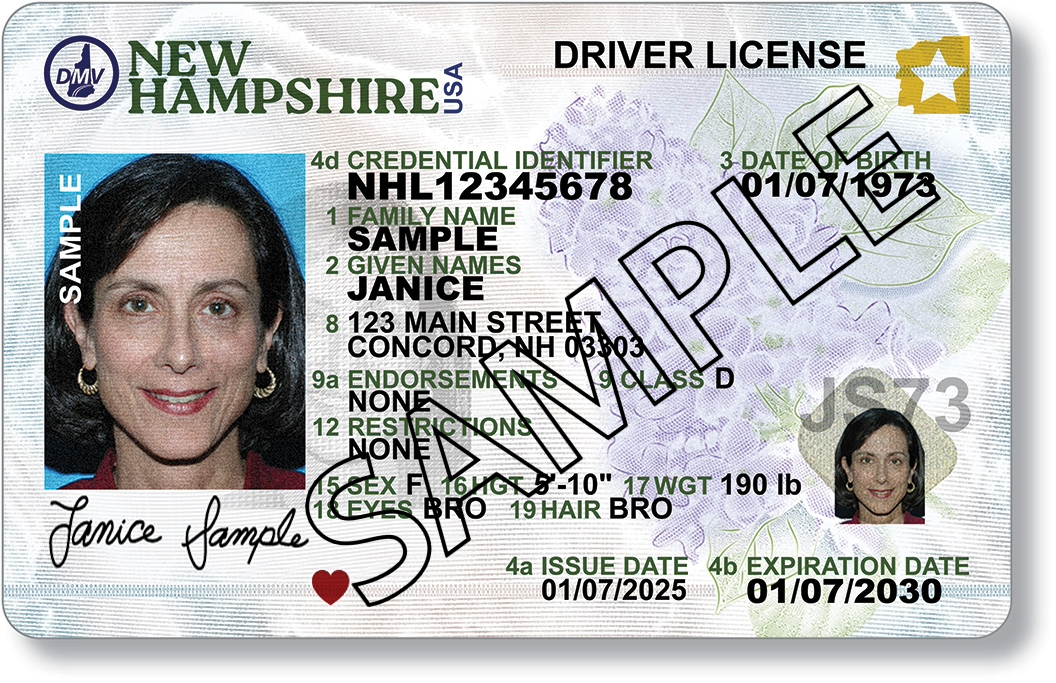 DRIVER'S LICENSE |
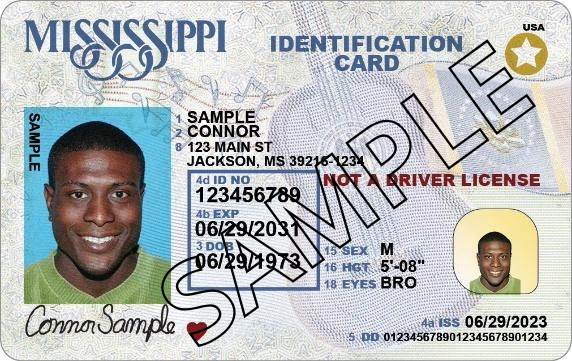 STATE ID CARD |
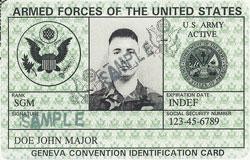 MILITARY CARD |
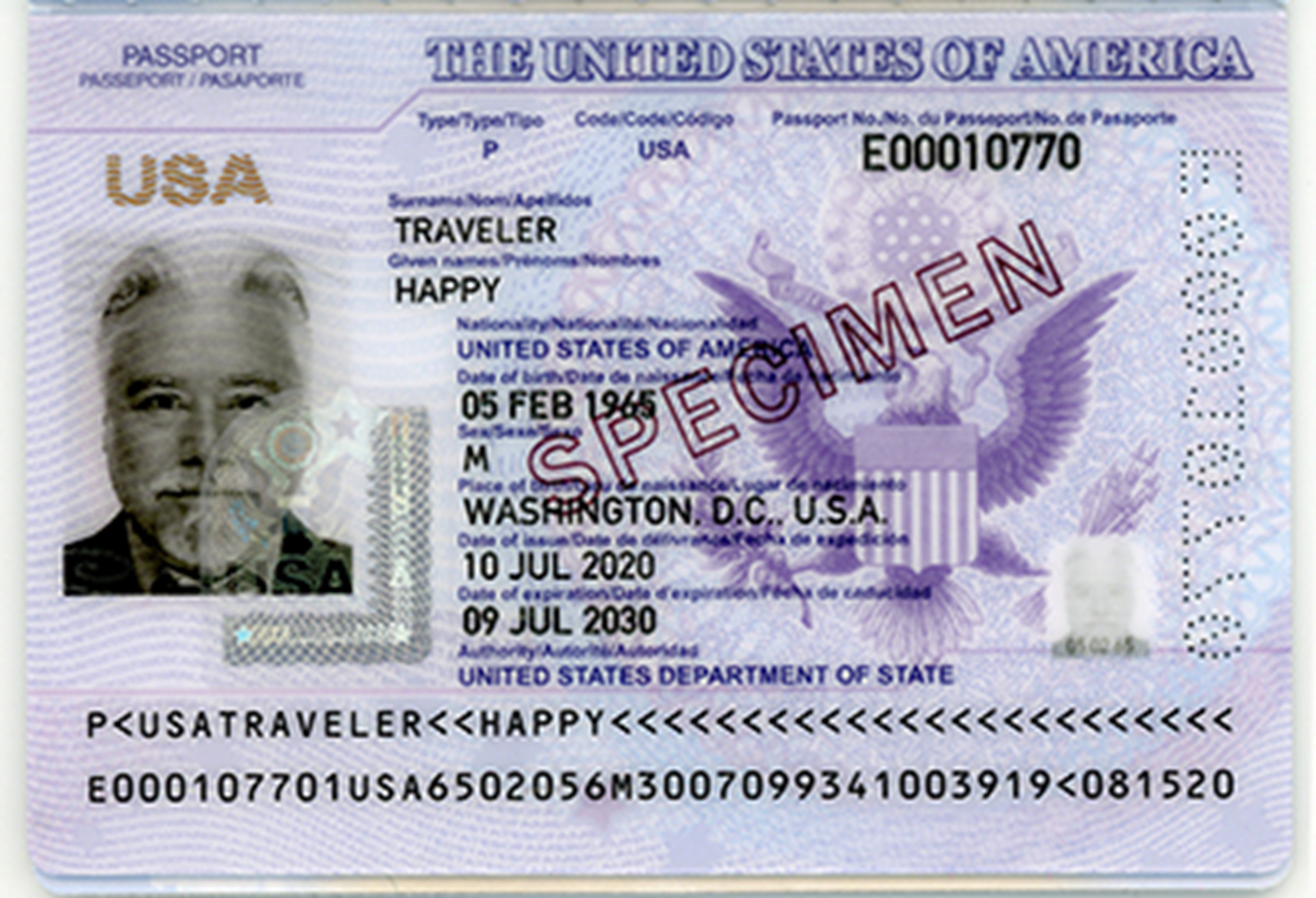 U.S. PASSPORT |
Acceptable ID to Verify Identity and Authorization to Work
Under federal law, employers must complete Form I-9 to verify that an employee is eligible to work in the U.S. As part of the process, new employees must present either one form of ID that establishes both identity and employment authorization, or two forms of ID—one that establishes identity and another that establishes employment authorization.
Common forms of ID that validate identity and authorization to work:
 U.S. PASSPORT |
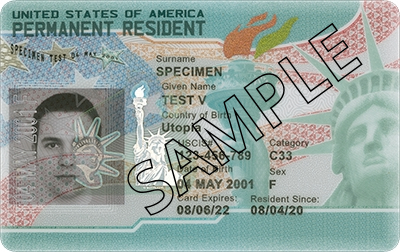 PERMANENT RESIDENT CARD |
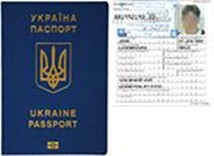 FOREIGN PASSPORT W/ I-551 STAMP |
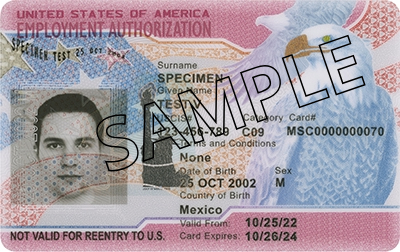 EMPLOYMENT AUTHORIZATION CARD |
Acceptable ID to Verify Identity Only
Common forms of ID that validate identity only are documents used to confirm who someone is, but they don't prove age or legal authorization to work. These IDs are often used in situations like facility access, check-in processes, or confirming identity for non-employment or non-age-restricted services. Examples include student IDs, membership cards, or certain tribal IDs. While they help verify a person's identity, they may not be acceptable forms of ID for things like alcohol sales or new-hire paperwork.
Common forms of ID that validate identity only:
 DRIVER'S LICENSE |
 STATE ID CARD |
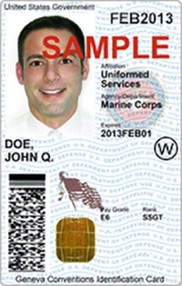 MILITARY ID |
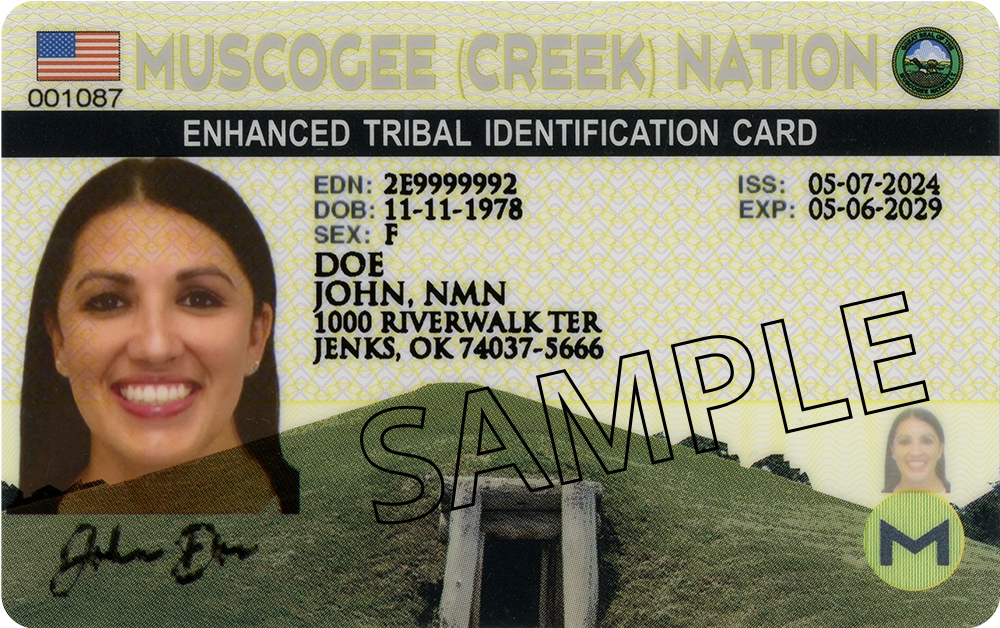 TRIBAL ID |
Acceptable ID to Verify Authorization to Work Only
Acceptable ID to verify authorization to work only includes documents that show a person is legally allowed to work in the United States but may not include photo ID or prove identity on their own. These are typically used in combination with other forms of ID during employment verification. Examples include a Social Security card or a birth certificate issued by a U.S. state. These documents meet federal requirements for work eligibility but aren't valid for proving age or identity by themselves.
Common documents that validate authorization to work only:
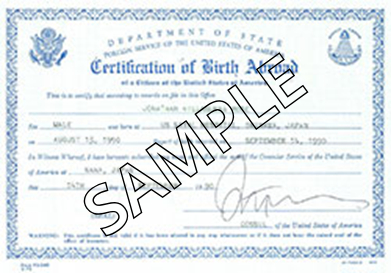 CERTIFICATION OF REPORT OF BIRTH |
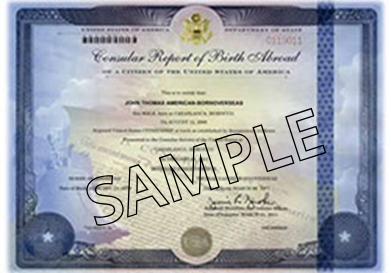 CERTIFICATION OF BIRTH ABROAD |
 TRIBAL ID CARD |
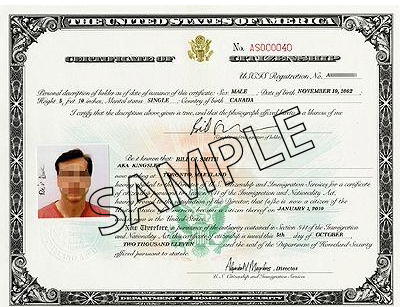 CERTIFICATE OF U.S. CITIZENSHIP |
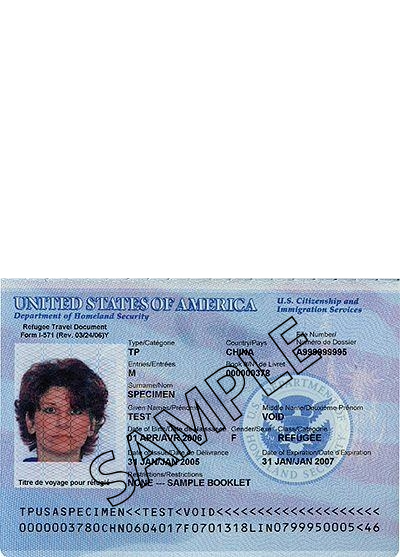 REFUGEE TRAVEL DOCUMENT |
Acceptable Secondary ID
International students and green card holders may be asked for a second form of ID in situations such as flying, starting a new job, opening a bank account, or accessing government services. Two commonly accepted forms of secondary ID are consular ID cards, covered in the U.S. & Canada I.D. Checking Guide, and foreign driver's licenses, featured in the International I.D. Checking Guide.
Common secondary forms of ID:
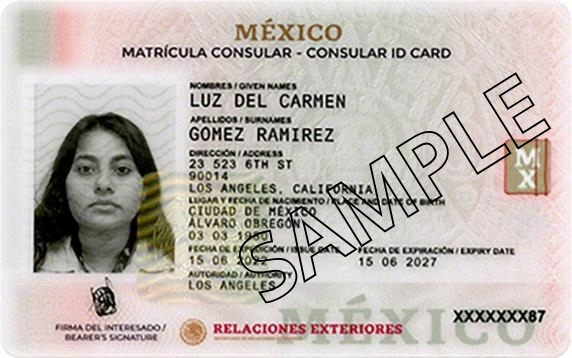 CONSULAR ID CARD |
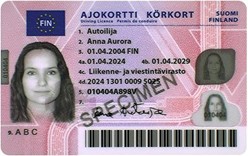 FOREIGN DRIVER'S LICENSE |
How to Check Acceptable Forms of ID FAQ
1. What are valid forms of ID for verifying someone's age?
Valid IDs for age verification usually include a photo and date of birth. Common examples are state-issued driver's licenses and identification cards. These are typically used at bars, retail stores, car rental agencies, and other age-restricted settings.
2. Are all forms of ID accepted everywhere?
No. Different situations require different forms of ID. An ID that works for entering a building might not be accepted for employment or buying alcohol. Always check what kind of ID is legally required for your purpose.
3. What's the difference between identity-only and work-only IDs?
Identity-only IDs confirm who someone is, but don't show they're allowed to work. Work-only IDs show employment eligibility but don't confirm identity on their own. Many situations require both.
4. How can I tell if an ID is real?
The best way is to compare it with trusted reference material, like the U.S. & Canada I.D. Checking Guide. It shows what real IDs look like, including security features, UV markings, and layout details.
5. Can one ID be used for multiple purposes?
Yes. Some documents—like a driver's license—can be used to verify age, identity, and sometimes even work eligibility, depending on the situation and supporting documents.
